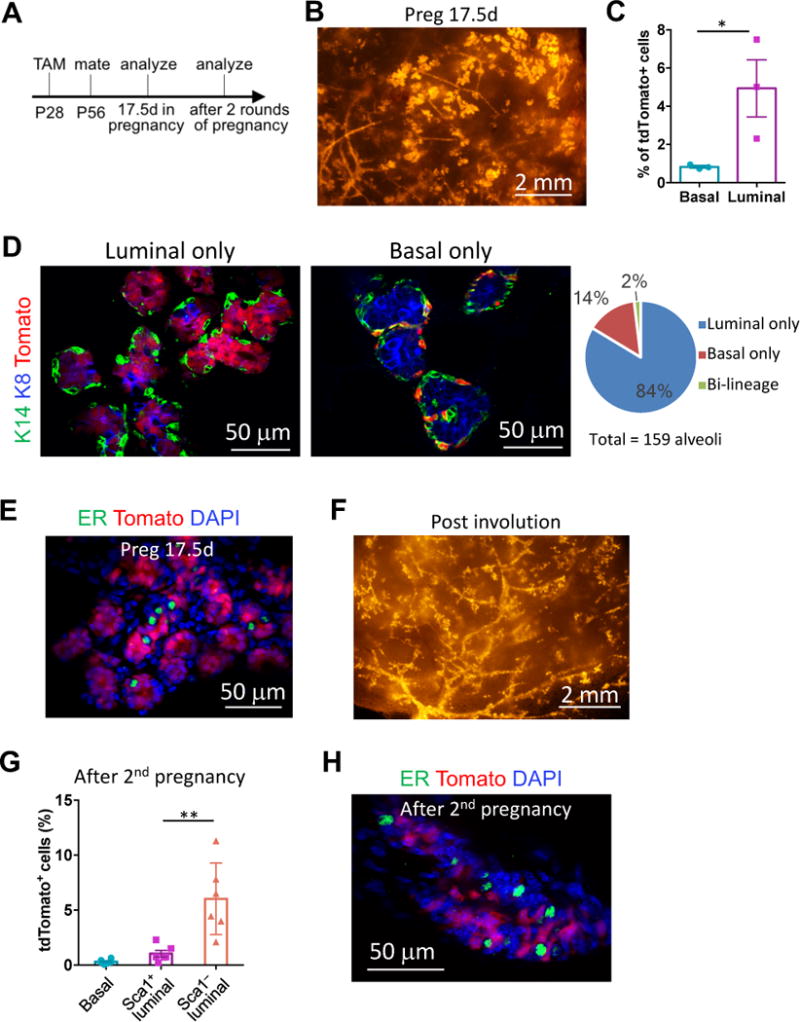Figure 2. SOX9+ cells contribute to alveologenesis and persist after repeated pregnancy.

(A) The experimental schedule for lineage-tracing studies shown in Figure 2.
(B) A representative tdTomato whole-mount image of Sox9-CreERT2; R26R-tdTomato mammary glands on day 17.5 of pregnancy (Preg17.5d).
(C) Percentages of tdTomato+ cells in the basal and luminal populations of Preg17.5d mice, as determined by flow cytometry (mean ± SEM, n = 3, paired t-test).
(D) K8 and K14 immunostaining of Preg17.5d mammary gland sections for characterizing the tdTomato+ cells. Examples of alveoli with either tdTomato-labeled luminal or basal cells were shown. The graph on the right shows percentage of alveoli containing the indicated types of tdTomato+ cells.
(E) ER immunostaining of Preg17.5d mammary gland sections. 99% tdTomato+ cells were ER−.
(F) A representative tdTomato whole-mount image of Sox9-CreERT2; R26R-tdTomato mammary glands at least 3 weeks after weaning of the second litter.
(G) Percentage of tdTomato+ cells in the basal, Sca1+ and Sca1− luminal populations 3 weeks after weaning of the second litter (mean ± SEM, n = 6).
(H) ER immunostaining of mammary glands after the 2nd pregnancy. 99.5% of tdTomato+ cells were ER−.
*P < 0.05 and **P < 0.01.
See also Figure S2.
